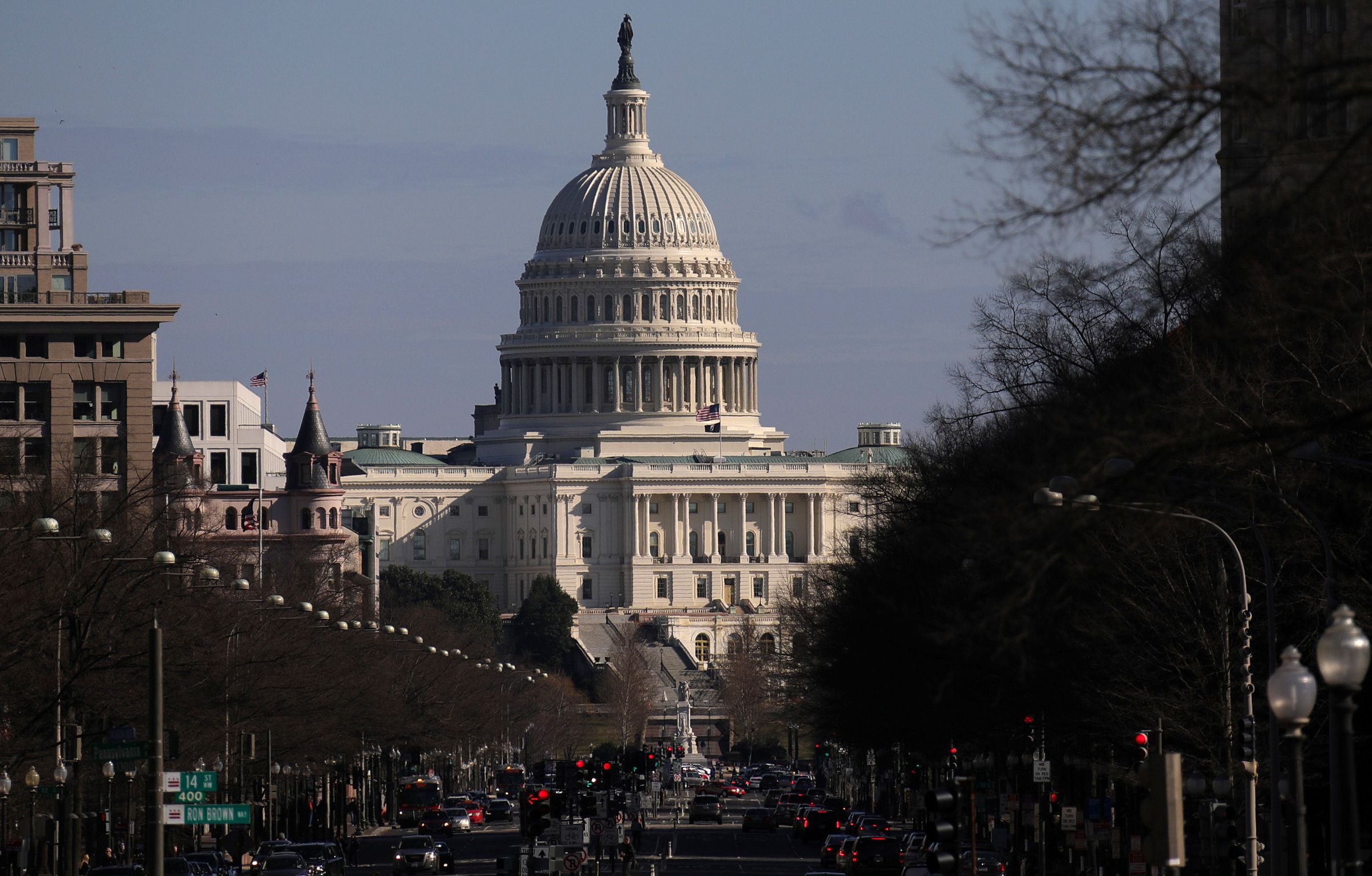Threat of the New U.S. Sanctions on Nord Stream 2

What were the previous sanctions passed by the U.S. Congress?
On 20 December 2019, U.S. President Donald Trump signed the National Defense Authorization Act, in which Congress included a section on sanctions called “Protecting Europe’s Energy Security”. This act stipulates that sanctions on the owners of vessels involved in laying pipeline for NS2 or providing financial services. As a result, Swiss company Allseas, a key contractor with specialised pipelaying vessels, withdrew from the project, even though it was 95% completed. Now, the Akademik Cherskiy is probably the only vessel at Gazprom’s disposal that can be used for pipelaying; however, it is not as effective as the Allseas vessels, and before it starts work it must be upgraded. The new U.S. legislation, therefore, seriously complicates the construction of NS2.
What does the new legislation specify?
The proposed changes expand the list of entities and activities related to NS2 construction that were included in the 2019 sanctions act. Sanctions will be imposed not only on pipelaying vessels but also on companies in related activities, such as surveying, placing rock, or welding and coating work. They would also apply to selling, leasing, or providing vessels for such work and also facilitating those activities.
The sanctions could also threaten ports and companies facilitating upgrades of vessels involved in NS2 pipelaying activities. These include insurance services (the 2019 act mentions generally “transactions”). The sanctions would also apply to entities providing services such as technical inspections and certifications necessary for the commissioning of the NS2.
What is the likely legislative path for the new bill?
The legislation must be passed by both chambers of Congress. It is expected to have bipartisan and bicameral support, but the Congress’ summer break might delay the work on the new law. If Trump refuses to sign it into law, it could be folded into the defence budget for 2021, like the bill from 2019. In that case, the president should have until the end of September to sign it. Also important, the legislation is retroactive, from the enactment of the sanctions bill of December 2019.
Along with the legislative work, the political pressure by Sen. Ted Cruz (who introduced the bill with other senators) to discourage a potential NS2 partner is possible. He did this after the December 2019 bill was passed.
What will be the impact on the construction of NS2?
Russia has very limited options to politically counter Congress, so the fact the Americans have started work on the new bill is very problematic for Russia. Passing this legislation might take several months but its mere introduction will complicate finishing NS2.
The new bill disrupts Gazprom’s efforts in key areas of NS2 construction. The Russian company has had trouble finding an insurer for the construction (as required by the permit for the construction issued by the Danish Energy Agency). The threat of further sanctions means that it is highly unlikely any non-Russian port will assist in upgrading the Akademik Cherskiy (or in tethering it with another vessel, which probably is or was considered by Gazprom). Even after completing the NS2 (according to the recent statements from the Russian side, the latest in Q1 2021), technical certification might also be an issue..


